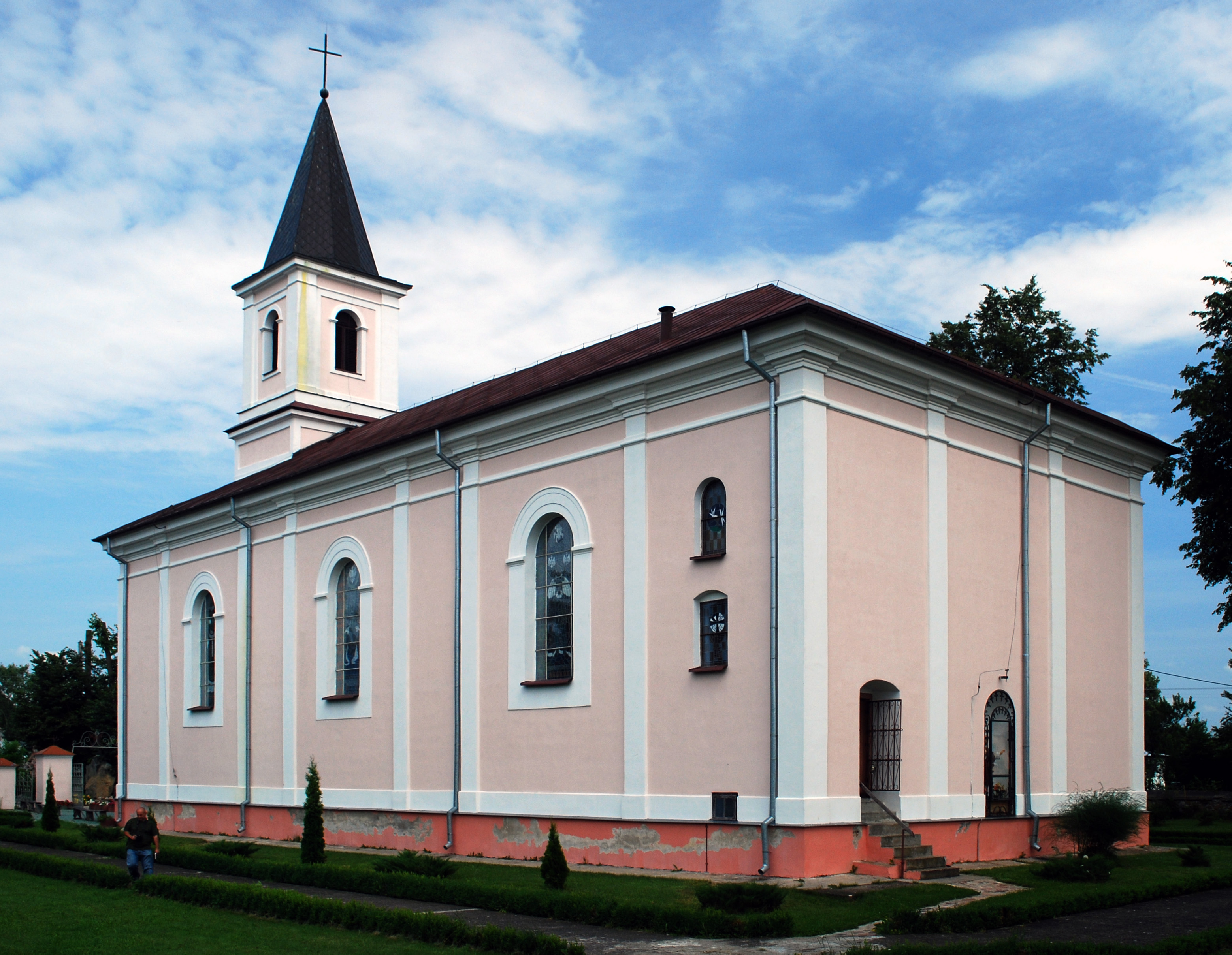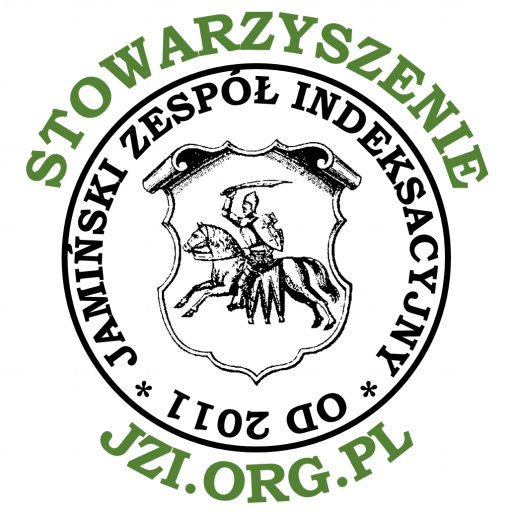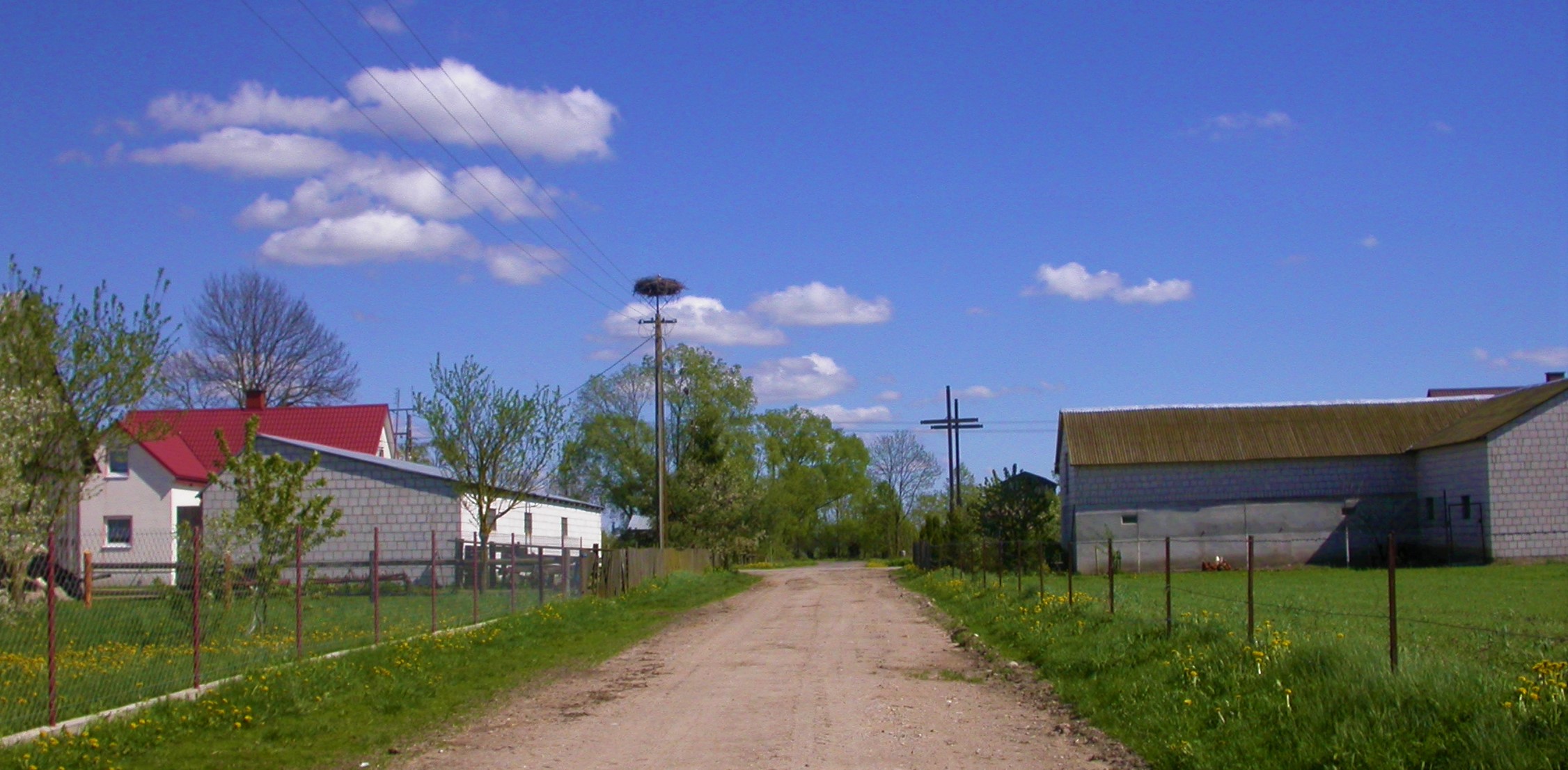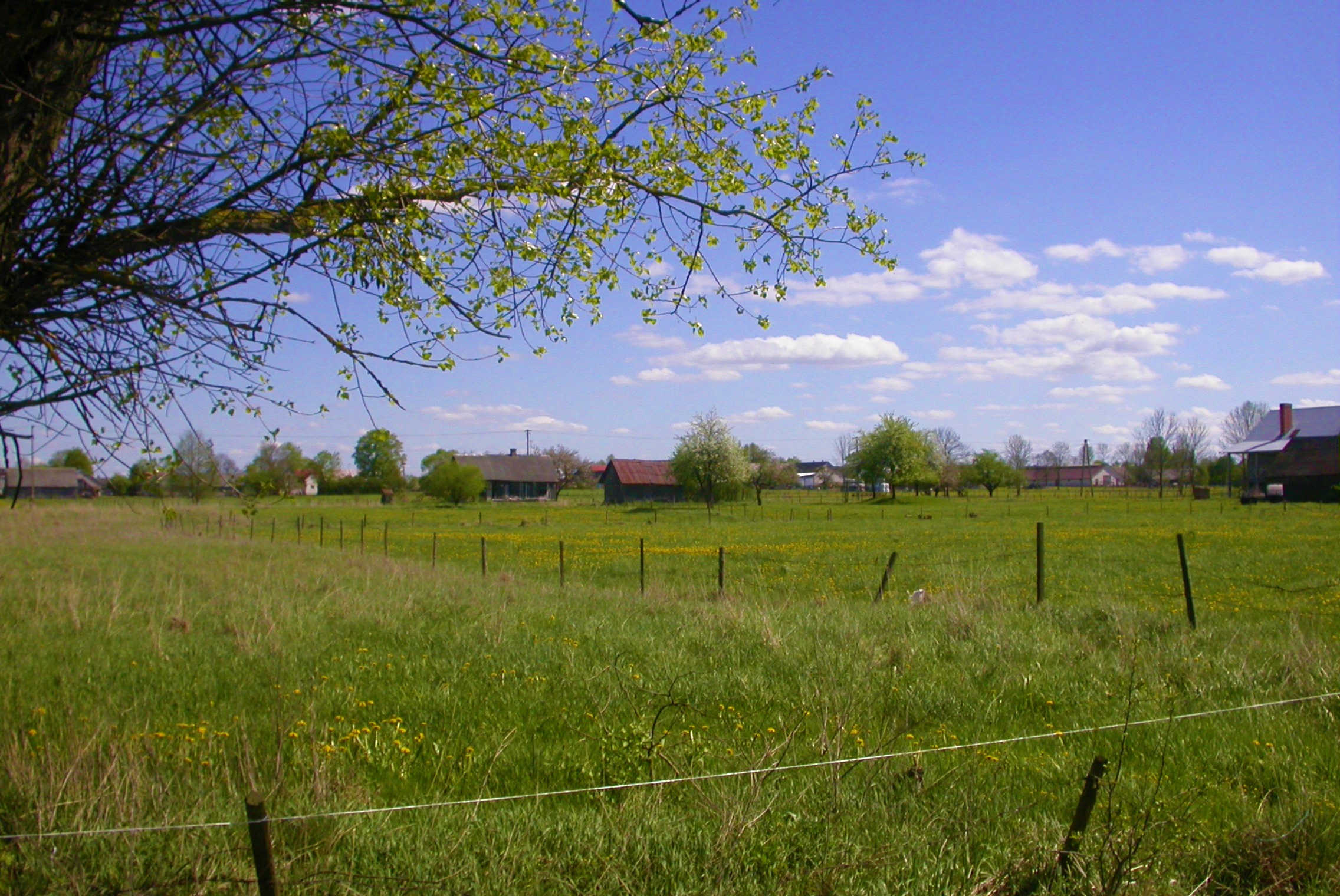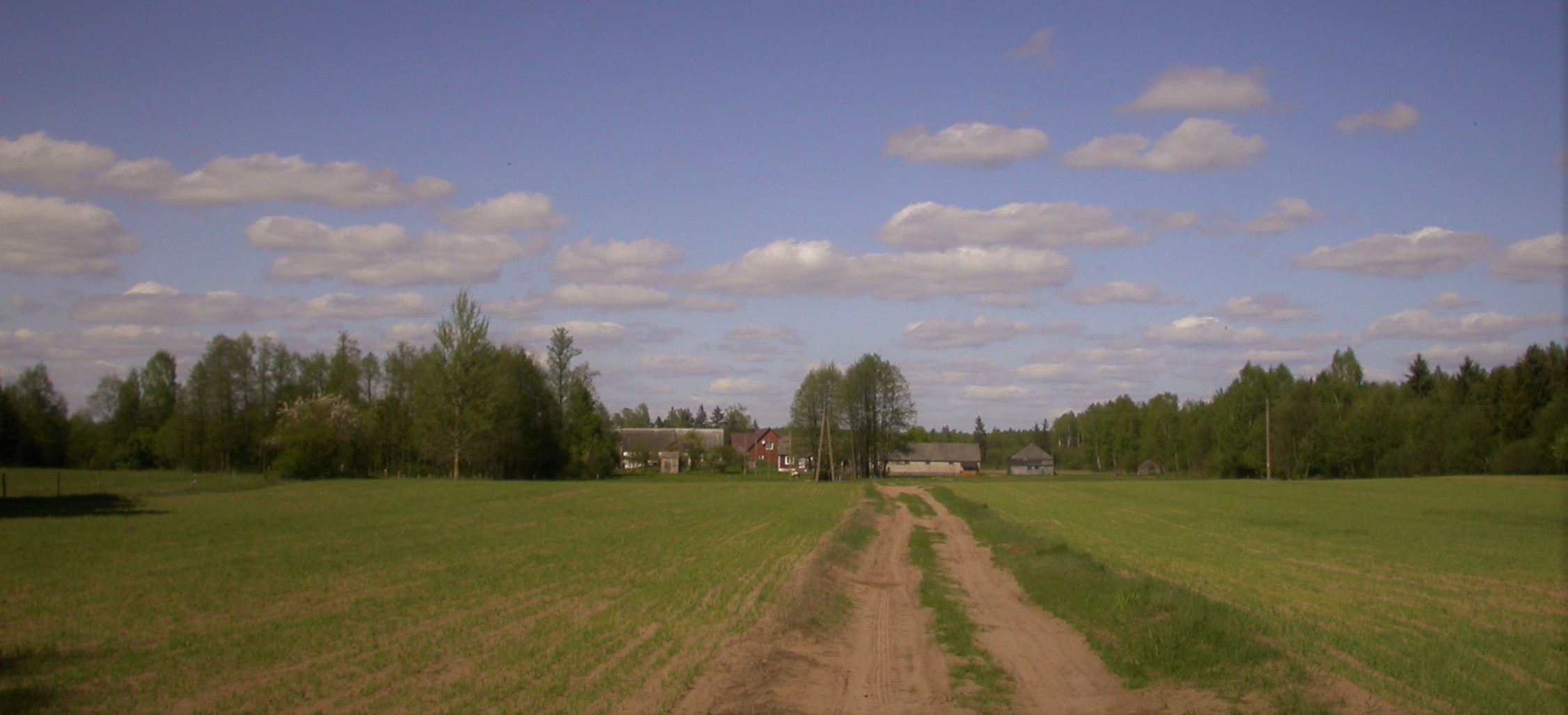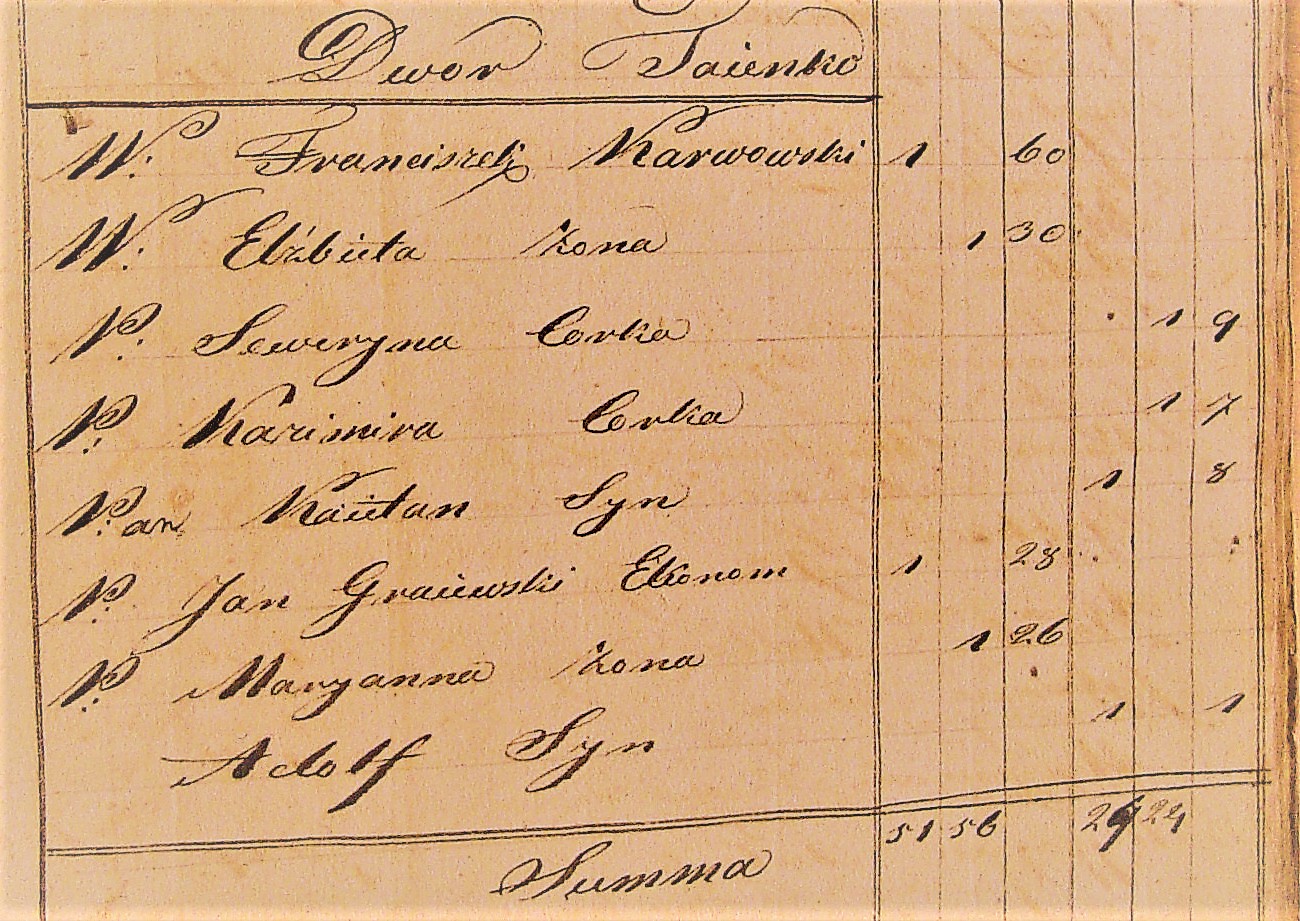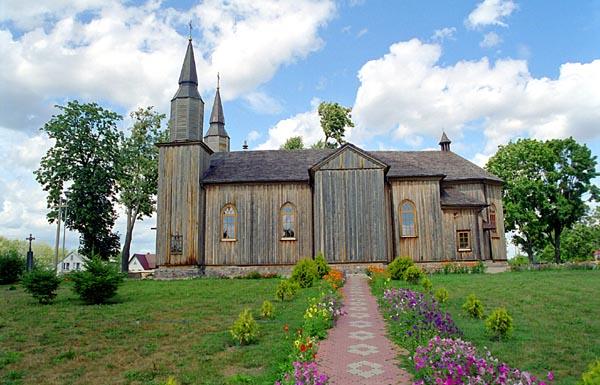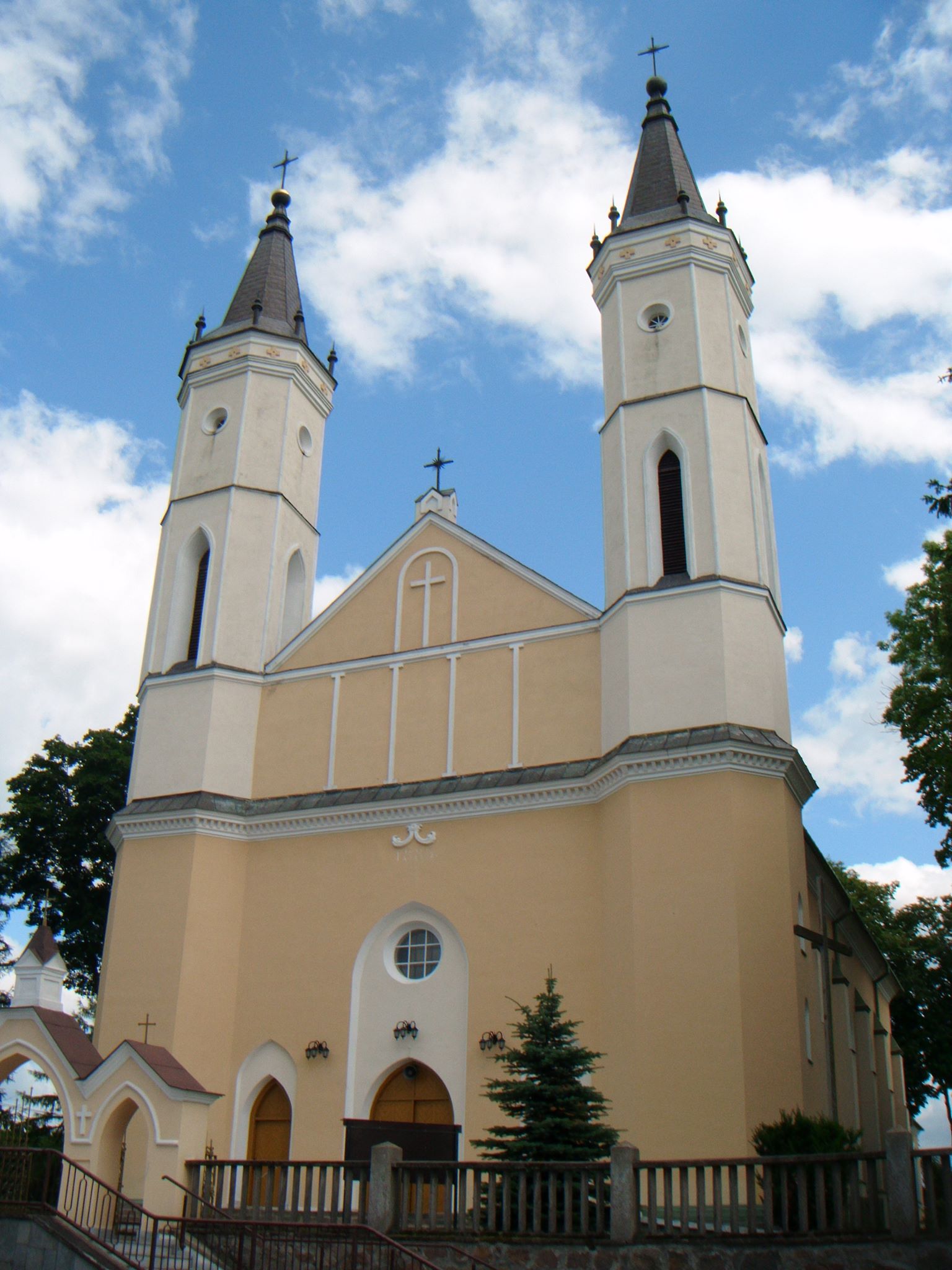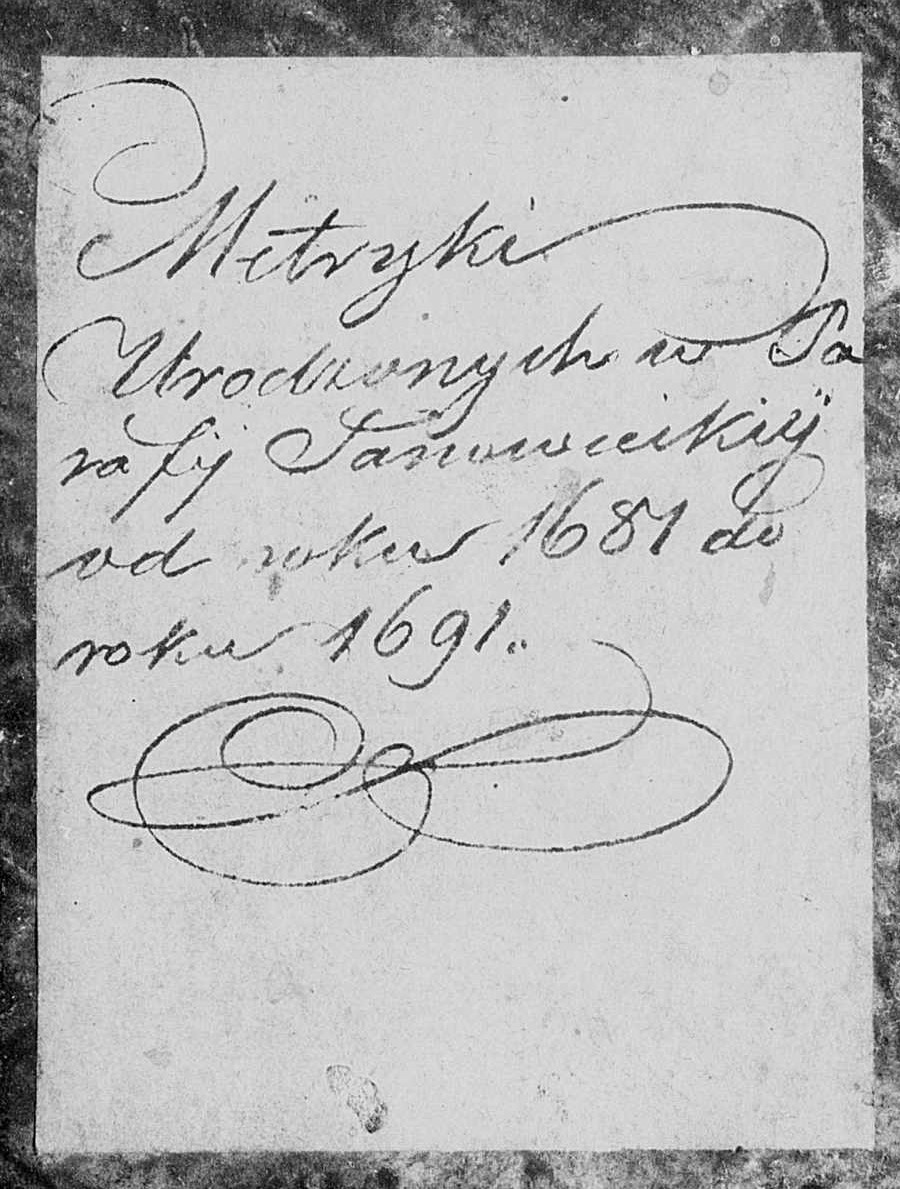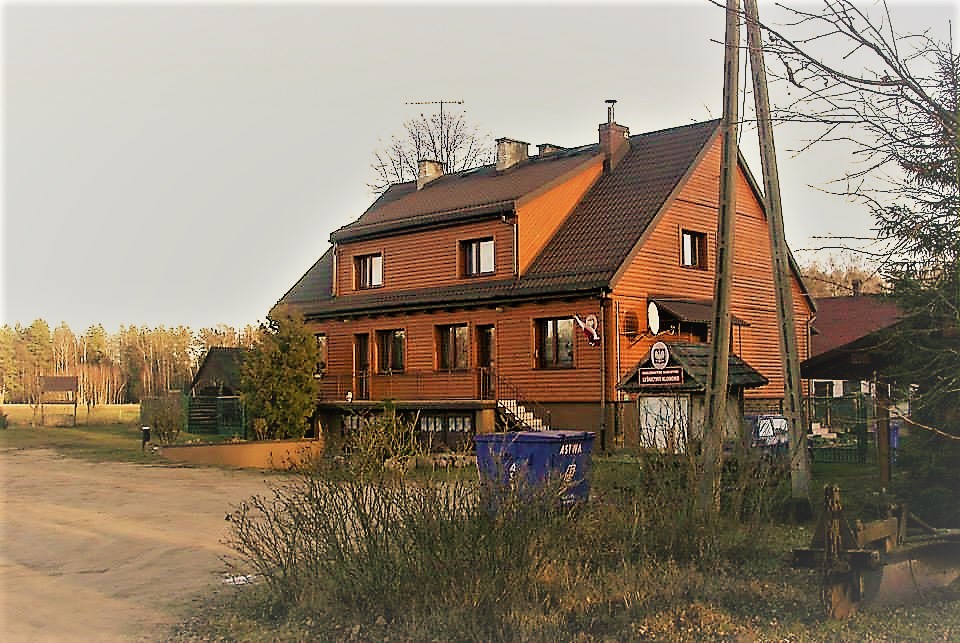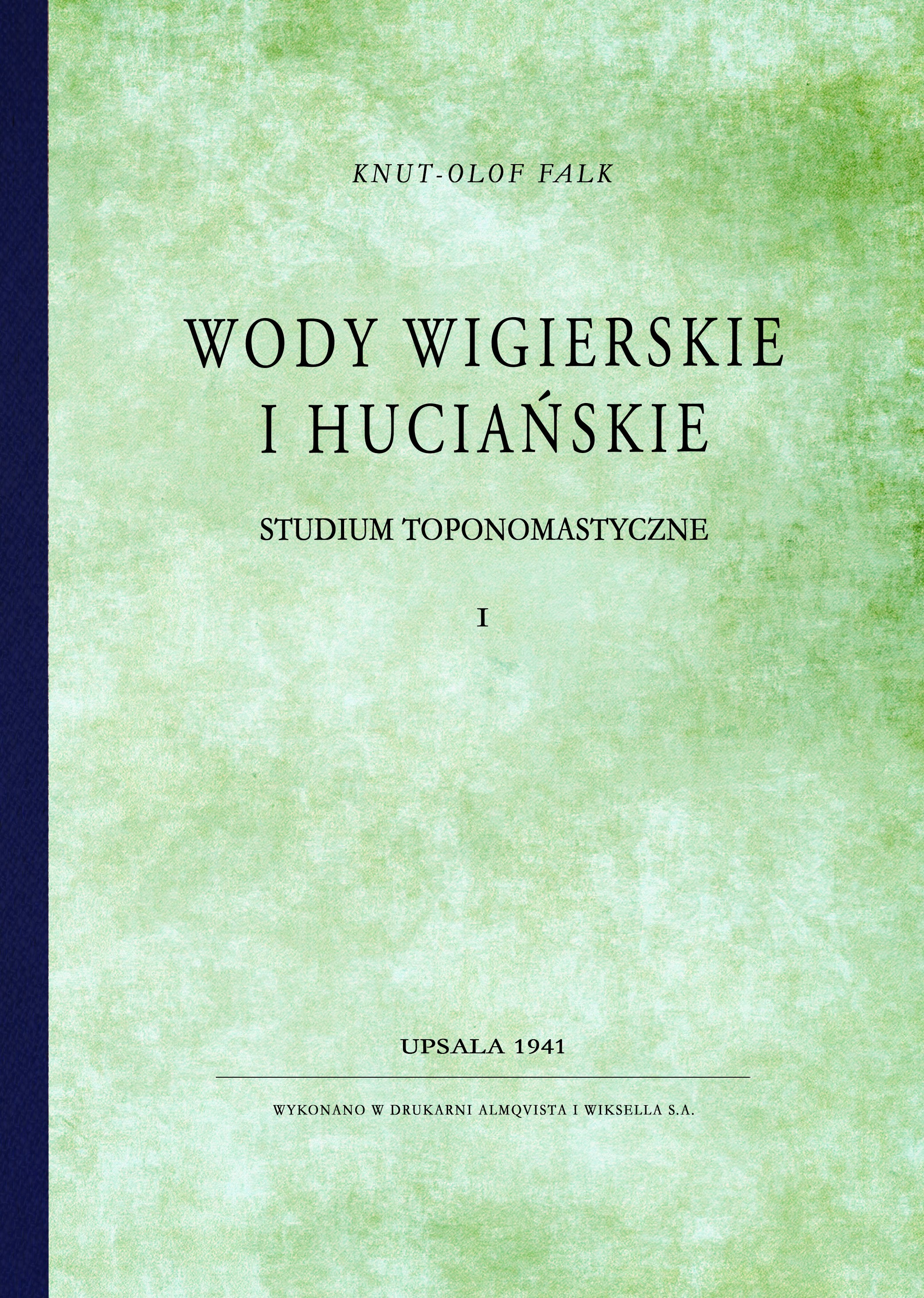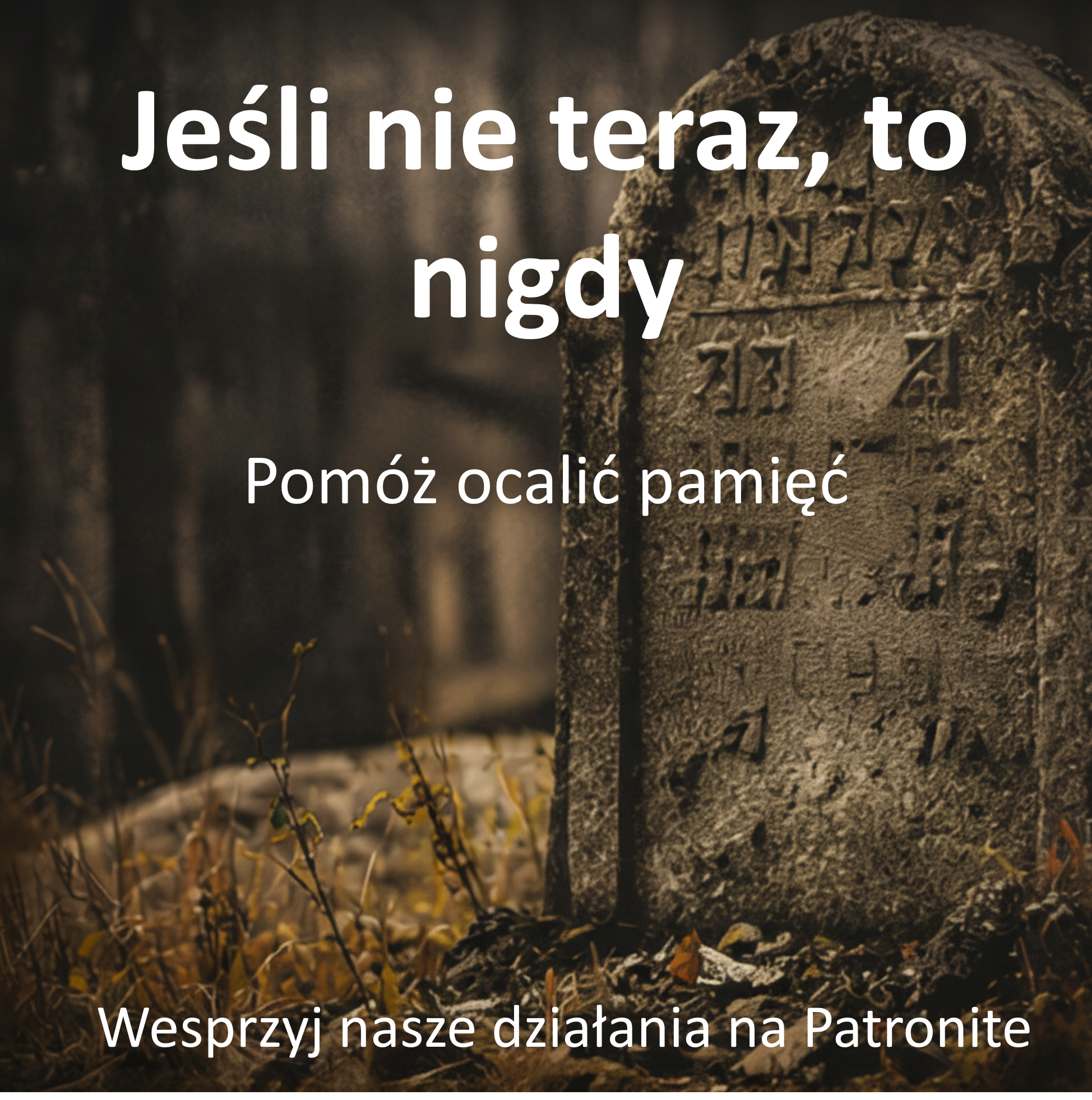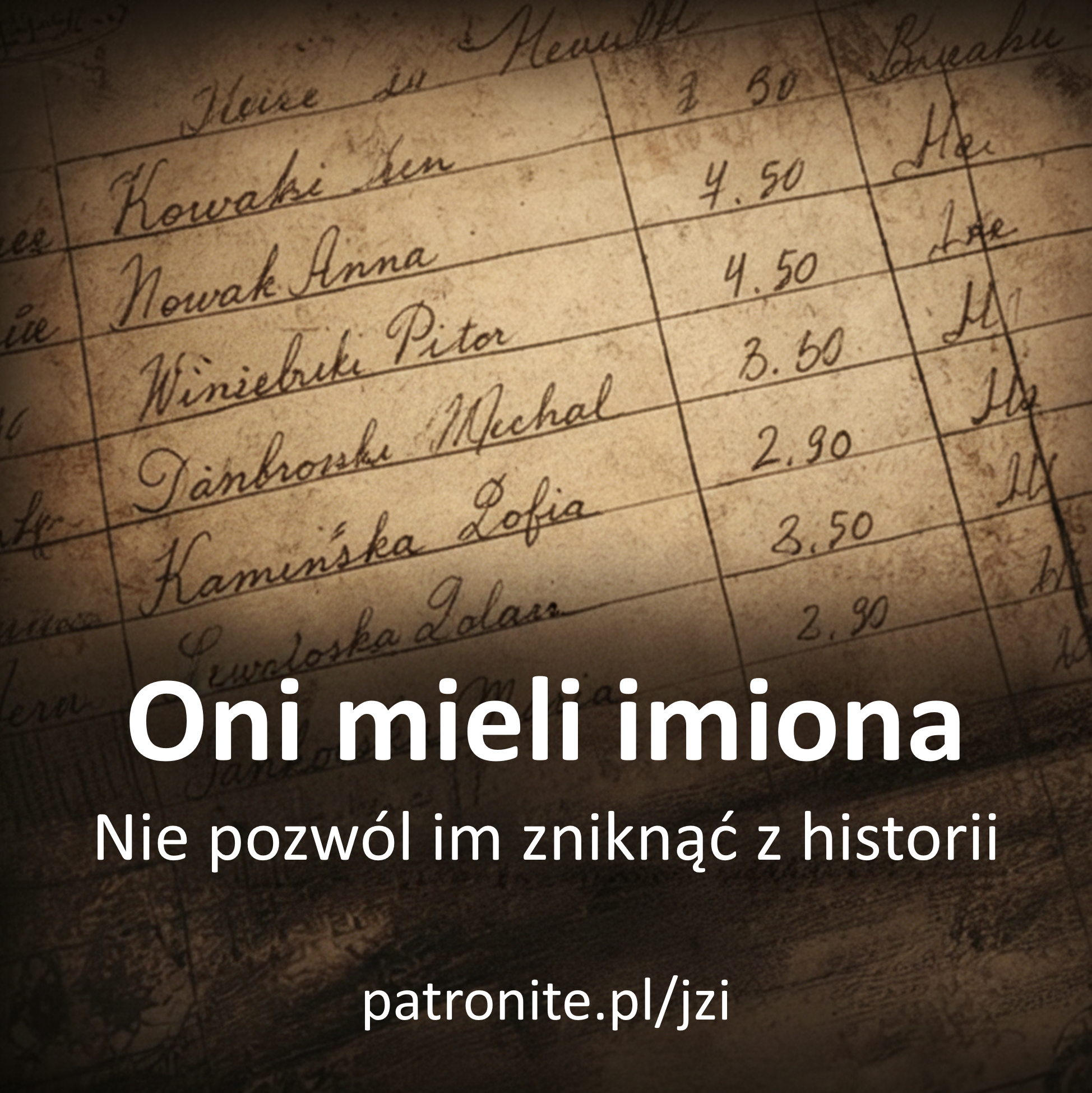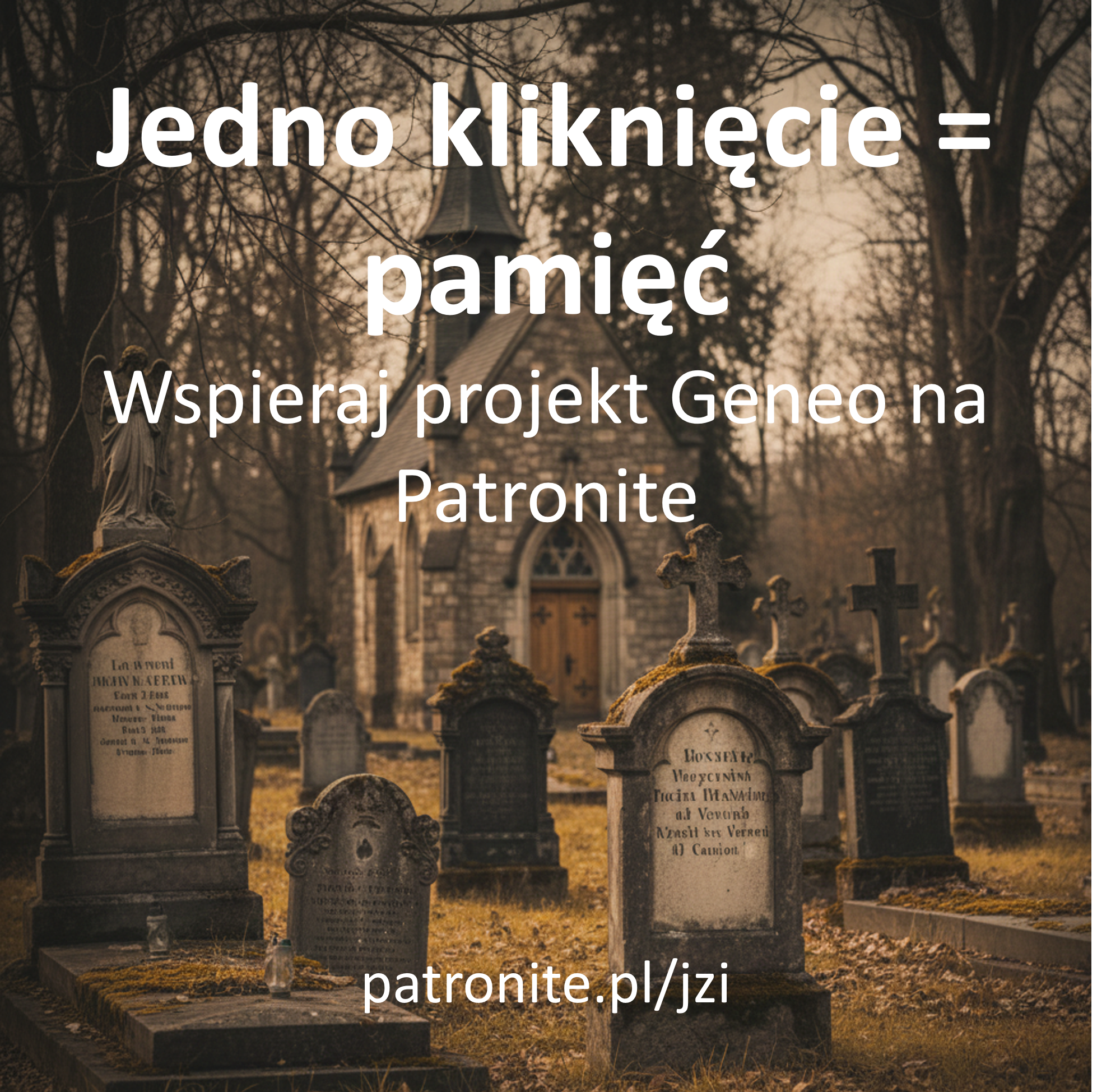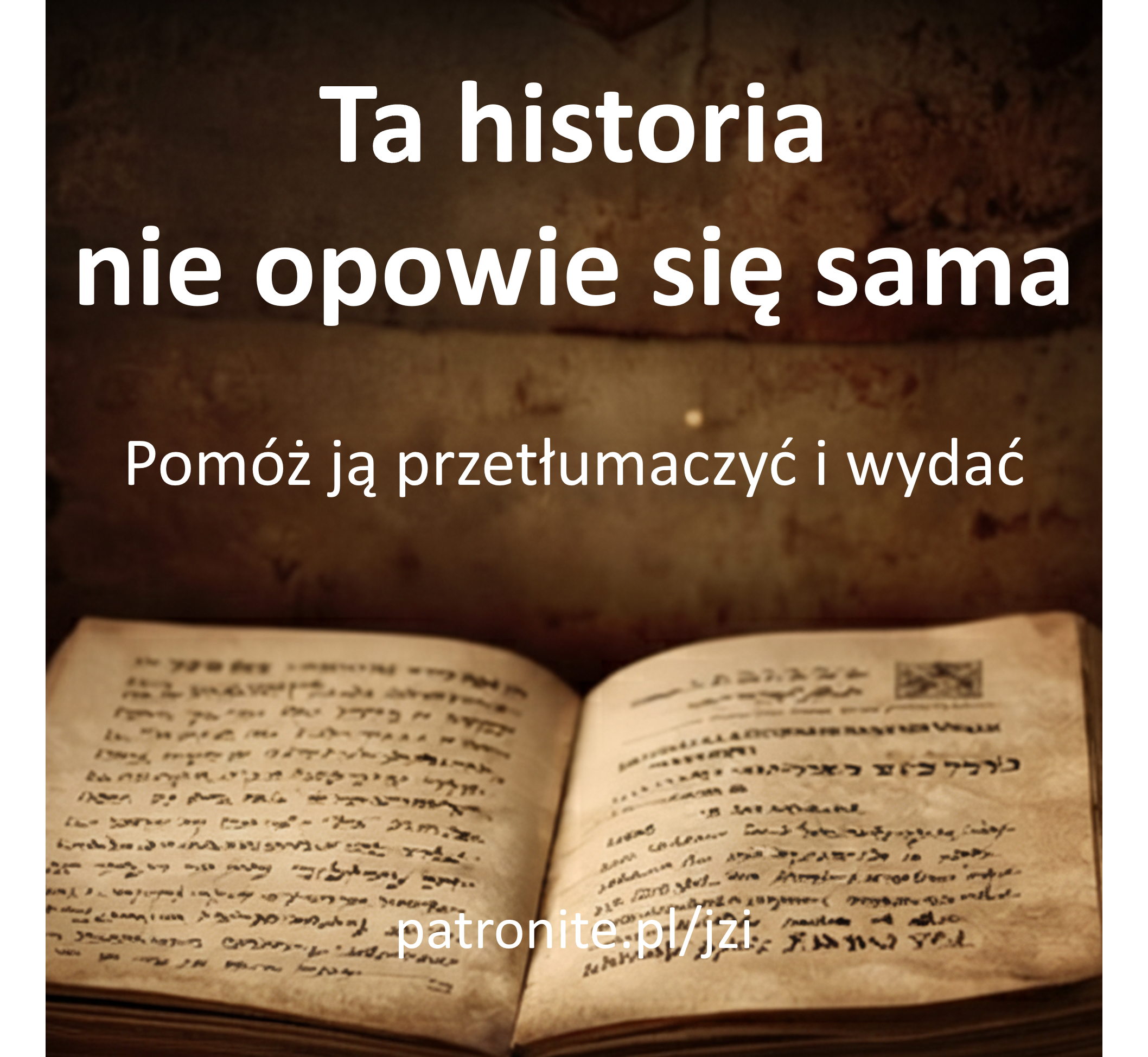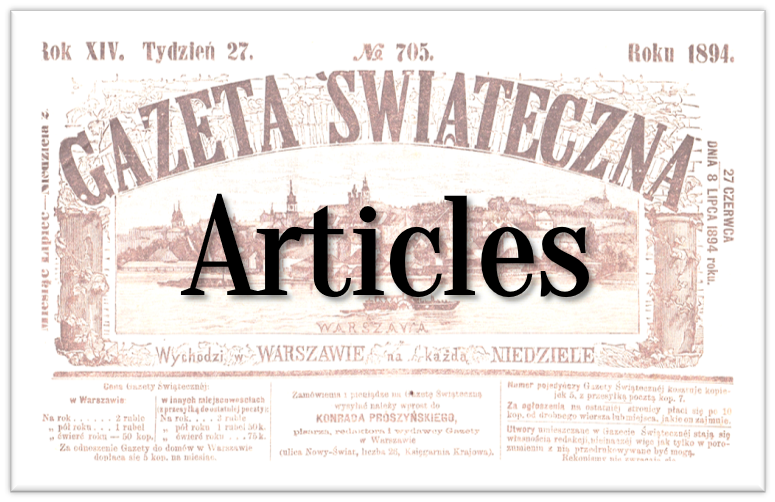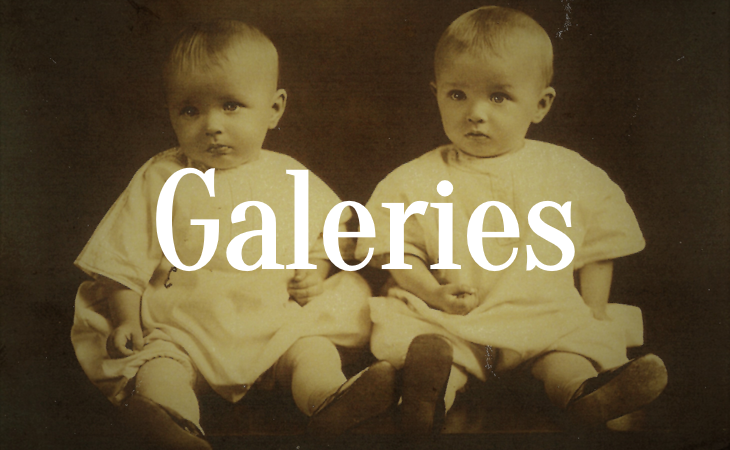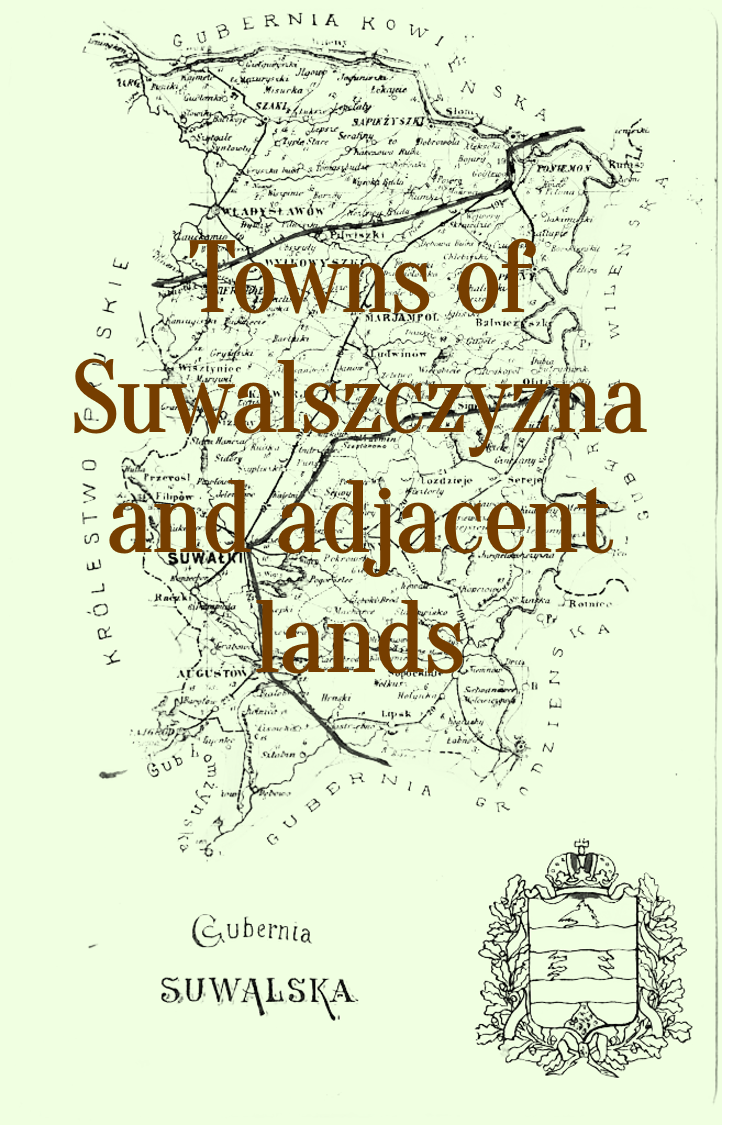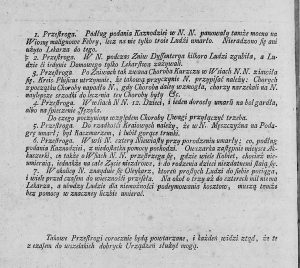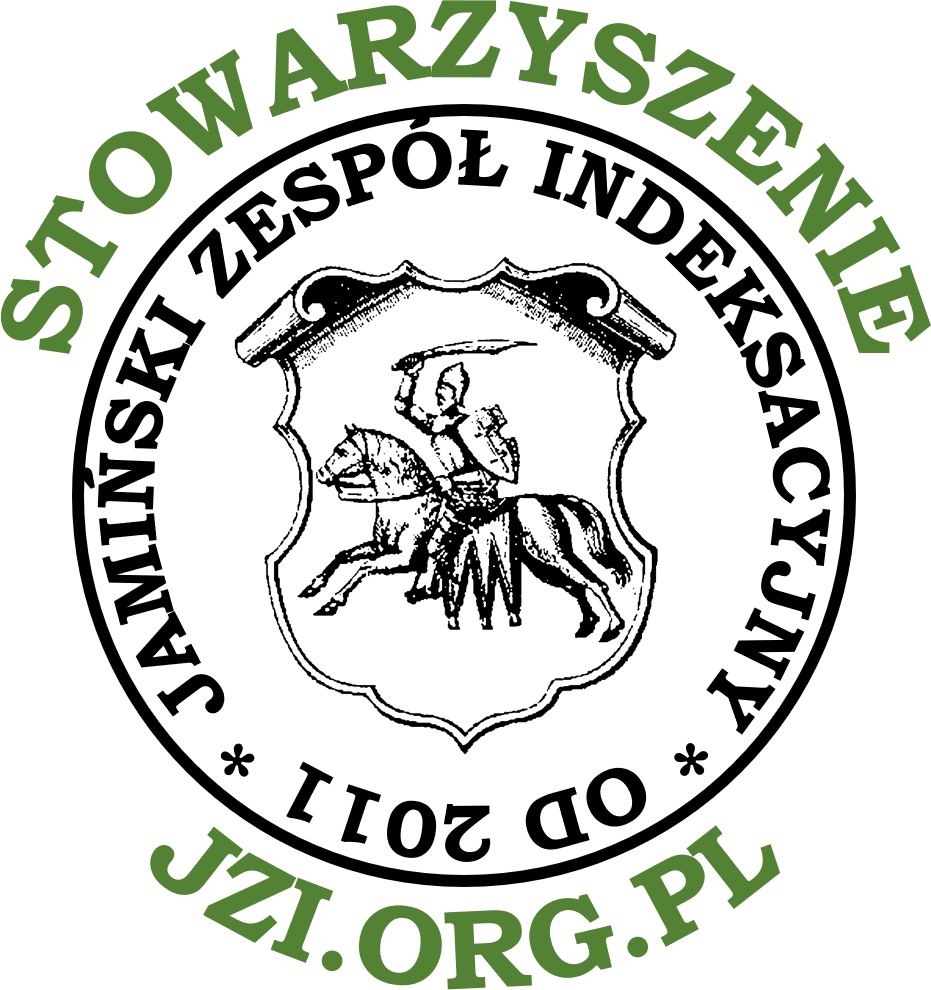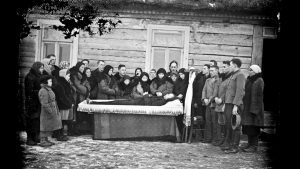
Podczas przeglądania ksiąg metrykalnych parafii Jaminy zainteresowała mnie osada Budy Jaziewskie, występująca również pod nazwami Buda bądź Budy. Jest to jedna z tych miejscowości, w których mieszkało stosunkowo niewiele rodzin w ciągu XIX wieku. Świadczą o tym nieliczne zapisy w parafialnych księgach chrztów, zgonów i ślubów.
Spis powszechny przeprowadzony w roku 1921, a więc w czasie którego nie obejmują księgi metryczne parafii Jaminy badane przez Jamiński Zespół Indeksacyjny (kończą się na roku 1909), wymienia w gminie Dębowo osadę Budy Jaziewskie. Liczyła ona wówczas 2 domy i 17 mieszkańców. Trudno jest oszacować czas powstania osady, leżącej w zachodniej części dzisiejszego Jaziewa. Pierwsze zapisy w księgach metrykalnych związane z Budami pochodzą z początku XIX wieku.
Interesujące są związki Bud Jaziewskich z innymi osadami leżącymi wokół Jaziewa, dziś podobnie jak Budy, stanowiącymi jego część. Na mapie Textora-Sotzmanna z około 1800 roku między Jaziewem i Wrotkami znajduje się osada Mazurczyka, najprawdopodobniej późniejsza osada strzelecka, obok bowiem znajdują się Łąki Strzeleckie. Mieszkał w niej niejaki Mazurczyk, straznik. Po nim osadę tę przejął niejaki Franke, Niemiec. Od tej pory miejsce to zwano Frankami. Jednakże sama osada Franki widnieje dopiero na mapie wojskowej z 1930 roku, nie ma jej w spisie powszechnym przeprowadzonym w roku 1921.

Na podstawie ksiąg metrykalnych parafii Jaminy można wyodrębnić tylko kilka rodzin, które przez wiele lat mieszkały w Budach Jaziewskich i były na stałe związane z tą osadą.
Rodzina Floriana Szewczyka i Ewy Nowickiej
Najwcześniej pojawiająca się w księgach jamińskich rodzina mieszkająca w Budach. Florian urodził się najprawdopodobniej w roku 1771. Jego rodzicami byli Józef Szewczyk i Marianna. Ślub z Ewą Nowicką wziął w roku 1805, już jako wdowiec. W chwili ślubu oboje małżonkowie mieszkali w Budach. Jak zobaczymy w dalszej części tekstu nazwisko Nowicki jest szczególnie związane z Budami Jaziewskimi. Czy wszystkie osoby noszące to nazwisko i mieszkające w Budach pochodziły z tego samego rodu, trudno jest powiedzieć, choć jest to wielce prawdopodobne. Florianowi Szewczykowi, który określany był w aktach jamińskich, jako chałupnik, pracowity bądź też rusznikarz i Ewie z Nowickich urodziły się następujące dzieci: Maciej (ur. 1807); Anna (ur. 1809), która w roku 1830 wyszła za mąż za Jana Janika; Antonina (ur. 1811), która w 1833 roku poślubiła Grzegorza Bielawskiego; Marianna (ur. 1814); Elżbieta (ur. 1817), trzykrotnie zamężna: w 1835 roku poślubiła Andrzeja Borysewicza z Czarniewa, a w rok po jego śmierci, która miała miejsce w 1840 roku, wyszła za Stanisława Tomaszewskiego z Jamin; tenże Stanisław zmarł w roku 1850, a rok później wdowa po nim – Elżbieta poślubiła Jana Bielawskiego z Czarniewa; Józef (1822-1827) i Ludwik Maciej (1824-1829), którzy zmarli jako 5-letnie dzieci i Rozalia Józefata (ur. 1828 w Jaziewie). Florian Szewczyk zmarł w roku 1831. W akcie zgonu zapisano, że owdowił żonę Ewę i pozostawił dzieci: Annę, Antoninę, Elżbietę i Józefatę. Nie wiadomo, co stało się z dziećmi – Maciejem i Marianną, o których nie wspomniano w akcie zgonu Floriana. Ewa, jego żona, zmarła natomiast w Czarniewie w roku 1846 w wieku 80 lat, najpewniej mieszkając wówczas u córki Elżbiety.
Rodzina Anny z Szewczyków i Jana Janika
Również mieszkała po ślubie w Budach. W metryce ślubu zapisano, że Jan był synem Mateusza i Magdaleny z Kowalewskich i pochodził z Bud, choć w księgach jamińskich nie znalazłem wcześniejszych metryk, które potwierdzałyby ten fakt. Rodziły im się następujące dzieci: Marianna (1831-1838), Franciszka Rozalia (ur. 1833), Elżbieta (1835-1838), Antonina Rozalia (ur. 1837) oraz Jan Piotr (ur. 1839). Jan Janik określany był w metrykach jako komornik, luźniak bądź wyrobnik. Rodzina nie była związana stale z Budami. Świadczy o tym choćby metryka chrztu córki Elżbiety, która urodziła się w Dębowie. Po roku 1839 brak jest dalszych zapisów dotyczących tej rodziny.
Rodzina Józefa Kruzy i Marianny z Nowickich
Kolejną rodziną mieszkającą w Budach na początku XIX wieku było małżeństwo Józefa Kruzy i Marianny z Nowickich. Rodzicami Józefa byli Michał Kruza i Agnieszka Dziądziak z Polkowa, natomiast rodzicami Marianny byli Krzysztof Nowicki i Teresa Kisielewska mieszkający w Budach. Ślub pomiędzy Józefem i Marianną miał miejsce w 1810 roku. Ich dzieci to Ludwik (ur. 1811), Adam (ur. 1812), Franciszka (ur. 1814) i Rozalia (ur. 1816). Później rodzina Józefa i Marianny musiała przenieść się z Bud do Polkowa. Tam bowiem rodziły się kolejne dzieci: Ignacy (ur. 1822), Katarzyna (1824-1826) i Józefata (1828-1829). Niestety w księgach jamińskich nie ma zapisów dotyczących tej rodziny, młodszych niż z końca lat 20-ych XIX wieku.
Adam Nowicki i Elżbieta z Mitroszów z dziećmi
To kolejna rodzina z Bud Jaziewskich. Adam urodził się w roku 1782 w Dreństwie niedaleko Rajgrodu i był bratem rodzonym wymienionej wyżej Marianny Nowickiej. Elżbieta zaś przyszła na świat najprawdopodobniej we Wrotkach w roku 1795. Jej rodzice Michał i Marianna pochodzili bowiem z tej wsi. Ślub Adama i Elżbiety odbył się w Jaminach w 1815 roku. Już wówczas pan młody mieszkał w Budach. Adamowi i Elżbiecie urodziły się następujące dzieci: Adam (1815-1895), który zmarł jako kawaler i żołnierz rezerwy w Budach, Marianna (ur. 1817), która później poślubiła Jakuba Chodorowskiego, Ewa Wiktoria (ur. 1820), Wojciech Michał (ur. 1824), Rozalia (ur. 1825), późniejsza żona Józefa Łuby i Ignacy (1828-1829), który zmarł w wieku niemowlęcym. Krótko przed zgonem ostatniego syna Ignacego, w listopadzie 1828 roku umarła Elżbieta z Mitroszów. Adam został więc wdowcem z gromadką dzieci. Wkrótce, parę miesięcy po śmierci syna Ignacego, poślubił 27-letnią Rozalię Usnarską z Jaziewa, córkę Tomasza Usnarskiego i Krystyny. W akcie ślubu Adam określony został jako strzelec leśny. Według ksiąg jamińskich urodził im się jeden syn o imieniu Jan (1830-1877), który zmarł w Budach, jako kawaler. Określany był w księgach również jako wyrobnik. W księgach jamińskich nie ma informacji o zgonie Adama Nowickiego, ale musiał odejść przed 1836 rokiem. Czy był ofiarą powstania listopadowego? Rozalia Nowicka z Usnarskich umarła w Jaziewie jako wdowa, w listopadzie 1835 roku, zaś wspomniany wyżej syn Jan pozostawał wówczas w opiece u Jakuba Sieńko w Jaziewie.
Jakub Chodorowski i Marianna z Nowickich
Przez wiele lat mieszkała w Budach rodzina Jakuba i Marianny Chodorowskich. W jednym z akt Jakub (1811-1855) został określony jako szlachcic, w innym jako strzelec lasów rządowych. Pochodził z Czarniewa, był synem Jana i Rozalii z Mojżuków. Marianna z kolei była córką wspomnianych już mieszkańców Bud – Adama i Elżbiety Nowickich. Ślub miał miejsce w kościele jamińskim w roku 1833. Rodziły im się następujące dzieci: Aniela (ur. 1834), która zmarła po 7 tygodniach od urodzenia, Józef Jakub (1836-1837), Marianna (1838-1908), która w roku 1854 poślubiła pochodzącego z Huty Cisowskiej Ludwika Franke, Eustachiusz (ur. 1841) zmarły po 3 tygodniach, trojaczki Jakub, Szymon i Wincenty (ur. 1842), z których Jakub i Wincenty zmarli w niemowlęctwie, a Szymon w wieku 19 lat oraz Joanna (1847-1848). Z tak licznego potomstwa wieku dorosłego i założenia rodziny doczekała więc tylko córka Marianna.
Józef Łuba i Rozalia z Nowickich
Kolejną córką Adama Nowickiego i Elżbiety z Mitroszów, która założyła rodzinę i mieszkała w Budach była Rozalia. W 1848 roku, w wieku 23 lat poślubiła pochodzącego z Grzęd Józefa Łubę, syna strzelca rządowego Kazimierza Łuby i Agnieszki Pieńkowskiej. Rodziły im się następujące dzieci: Ignacy (ur. 1849), Antoni (ur. 1851), Marianna (ur. 1854), Franciszka (ur. 1857) i Anna (ur. 1859). W 1862 roku rodzina Józefa i Rozalii Łubów mieszkała już w Kopytkowie. Tam urodził im się kolejny syn Jan (1862-1865). Józef Łuba zmarł przed rokiem 1866, o czym świadczy zapis w metryce zgonu syna Jana. Nie ma niestety śladu po tej rodzinie w księgach jamińskich po roku 1865.
Ludwik Franke i Marianna z Chodorowskich
Z Budami ściśle związane było również nazwisko Franke, zapisywane również jako Frank. Pierwszą długo mieszkającą w osadzie rodziną byli Ludwik Franke i Marianna z Chodorowskich – wymieniona wyżej córka Jakuba Chodorowskiego i Marianny z Nowickich. Ludwik był synem Marcina Franke, majstra Huty Sztabińskiej i Józefaty z Pawłowskich i choć urodził się w Cisówku, pochodził ze wsi Huta. Ślub z Marianną wziął w kościele jamińskim w roku 1854. W Budach rodziły im się kolejno: Józefa (ur. 1863), która w roku 1883 poślubiła Klemensa Murawskiego z Jaziewa, Józef (ur. 1865), Feliksa (ur. 1868), Franciszka (ur. 1872) która zmarła po roku od urodzenia, Bernard (1875-1902), Antonina Wanda (ur. 1878). Mieli również córkę Teofilę (ur. 1857), która w roku 1875 poslubiła Edwarda Andrackiego z Jatwiezi Małej. Ludwik Franke zmarł w roku 1893, Marianna – jego żona w roku 1908. Warto wspomnieć, że bratem Ludwika był Jan Franke, oficjalista dworski z Cisowa, opisywany przez Ryszarda Korąkiewicza w trzech artykułach z cyklu „Ze starej prasy” (numery 3,4,5 Naszego Sztabińskiego Domu z roku 2015), świadczący przeciwko Marcinowi Sztukowskiemu w sprawie o nadużycia w administracji dóbr Sztabin hr. Brzostowskiego.
Bolesław Franke i Michalina z Haraburdów
Prawie pół wieku po Ludwiku i Mariannie zamieszkali w Budach również Bolesław Franke z Michaliną z Haraburdów. W roku 1893 urodził się Mariannie Franciszek nie uznany za syna przez Bolesława, zmarły zresztą po 4 dniach. Później rodziły im się kolejno: Weronika (ur. 1895), Aleksandra (ur. 1897), Bolesław (ur. 1898), Wacław (ur. 1901) i Marianna (1904-1905).
Józef Franke i Marianna z Mitrosów
Kolejną rodziną Franke mieszkającą w Budach byli Józef Franke z żoną Marianną z Mitrosów. W Budach Jaziewskich urodziły im się następujące dzieci: Antonina (ur. 1898), Józef (1899-1900), Ludwik (ur. 1901) i Bernard (ur. 1904). Aby prześledzić dalsze losy tej rodziny należałoby zbadać XX-wieczne księgi jamińskie.

Inne rodziny z Budami Jaziewskimi związane były epizodycznie.
Jan Dąbrowski i Krystyna z Mitroszów
W Budach urodziła się w roku 1820 Rozalia Dąbrowska, córka Jana (ur. 1792) – luźniaka i Krystyny z Mitroszów (1788-1843). Rozalia wyszła następnie za mąż za Jana Jagłowskiego z Netty, z którym mieszkała we Wrotkach. Zmarła w roku 1846. Rodzina Jana i Krystyny nie mieszkała na stałe w Budach, a we Wrotkach, o czym świadczą inne metryki znalezione w księgach jamińskich. Jan pochodził ze Sztabina, Krystyna zaś z Wrotek. Ślub wzięli w roku 1818. Kolejne dzieci Jana i Krystyny to Mateusz (ur. 1822), Ignacy Stefan (ur. 1826), który w roku 1848 poślubił Konstancję Tomaszewską z Jamin i Józef (ur. 1829 w Czarniewie), który zmarł we Wrotkach w wieku 5 miesięcy.
Piotr Klimont i Marianna z Izbickich
Z Budami epizodycznie związana była również rodzina Piotra Klimonta i Marianny z Izbickich. Tam urodził się ich syn Jan w roku 1825. Poza metryką urodzenia Jana, rodzina nie pozostawiła więcej śladów w księgach metrycznych parafii Jaminy, natomiast sporo ich w księgach sąsiedniej parafii w Krasnymborze. Notują one, że w roku 1822 w Sosnowie urodził się inny syn Piotra i Marianny, Tadeusz, w 1829 roku w Budach urodził się Maciej, a w 1832 roku w Kunisze Franciszka.
Jerzy Dzieżyc i Rozalia z Zakałów
Krótko w Budach mieszkała rodzina Dzieżyców: Jerzego i Rozalii z Zakałów. Ale pierwsza wzmianka dotyczy śmierci pierwszej żony Jerzego – Teresy, która zmarła w Budach w 1827 roku. Była córką Józefa i Marianny z Pyczów. W 1828 roku Jerzy (pochodzący z Jamin, syn Jana i Anny z Krzyżankowskich) poślubił Rozalię z Zakałów, pochodzącą z Koziej Szyi. W tym samym roku urodziła im się córka Franciszka. W jej akcie chrztu rodzice zostali określeni luźniakami. Na tym dokumencie kończą się zapisy dotyczące rodziny Dzieżyców, nie znalazłem jej śladów również w księgach krasnoborskich.
Jakub Karczewski i Marianna z Dobrowolskich
W połowie XIX wieku w Budach mieszkała również krótko rodzina Jakuba Karczewskiego, określanego jako kątnik, chałupnik bądź wyrobnik i Marianny z Dobrowolskich. Jakub pochodził z Krasnegoboru, choć w chwili ślubu mieszkał w Jaziewie, Marianna zaś z Wrotek. Ślub wzięli w roku 1837. Nie mieszkali w osadzie na stałe o czym świadczą metryki urodzenia ich synów: Józefa (ur. 1838-1839), Ignacego (ur. 1843) oraz córki Anny (ur. 1845) urodzonych we Wrotkach i metryka zgonu Józefa, który zmarł w Mogilnicach. Rodzinę tę z dnia na dzień dotknęła tragedia, której przyczyn można tylko domyślać się na podstawie suchych zapisów w księgach metrycznych. W lipcu 1845 roku we Wrotkach zmarła Marianna Karczewska z Dobrowolskich, a w 1846 roku dzień po dniu umarła dwójka dzieci: Marianna (1840-1846) i Ignacy. W roku 1847 Jakub Karczewski, mieszkający wówczas wciąż we Wrotkach poślubił Mariannę Wierzbicką mieszkającą również we Wrotkach, a pochodzącą z Tajna. Zmarł w Jaminach w roku 1854 pozostawiając we wdowieństwie drugą swą żonę.
Feliks Dobrowolski i Rozalia z Godlewskich
Na stałe nie mieszkali również w Budach małżonkowie Feliks Dobrowolski, służący z Wrotek i Rozalia z Godlewskich, służąca z Jamin. Slub wzięli w roku 1850 w kościele jamińskim. W 1851 roku urodził im się syn Józef. Później małżonkowie przenieśli się do Wrotek. Tam też urodziły im się: córka Rozalia (ur. 1853), która w roku 1887 poślubiła Franciszka Borysewicza z Mogilnic i w Mogilnicach wraz z nim zamieszkała oraz syn Jan (ur. 1856). Rozalia Dobrowolska z Godlewskich zmarła w roku 1858 we Wrotkach, a 9 lat później Feliks Dobrowolski poślubił jej siostrę, 35-letnią Józefę Godlewską. Józefa zmarła w roku 1870 we Wrotkach, a 3 lata później Feliks ponownie wstąpił w związek małżeński poślubiając Franciszkę Suchwałko z Wrotek. Zmarł w grudniu 1899 roku we Wrotkach w wieku 74 lat.
Ignacy Sarnacki
Z Budami dość przypadkowo związany był również Ignacy Sarnacki, szeregowy żołnierz w stanie spoczynku, który pochodził ze wsi Żebry w Guberni Łomżyńskiej, na stałe zamieszkały w Jaziewie, syn Gerwazego i Bogumiły. W Budach Jaziewskich zmarł bowiem w roku 1887.
Spisując dane z ksiąg jamińskich zastanawiałem się, czy istnieje związek między Budami Jaziewskimi, a Frankami. Budy Jaziewskie, stanowią dziś zachodnią część wsi Jaziewo, natomiast Franki, zaznaczane były na mapie niepodal drogi z Jaziewa do Wrotek, stanowiąc północno-zachodni przyczółek wsi. Czy trzy wymienione wyżej rodziny Franke, notowane w Budach Jaziewskich mieszkały cały czas w miejscu, które później było nazywane Frankami? Postanowiłem sprawdzić to na miejscu.
W Jaziewie zaszedłem do sklepu, leżącego przy głównej drodze. Tam dowiedziałem się, że Budami nazywa się część wsi (obecnie dwa domy) wysuniętą w kierunku zachodnim, do której od sklepu należy się nieco cofnąć i za przystankiem autobusowym skręcić w piaszczystą drogę w prawo. Gdy znalazłem się w Budach zapytałem o dawne Franki. Usłyszałem, że to niedaleko, dziś trzy gospodarstwa leżące pod lasem, w lewo od drogi Jaziewo-Wrotki. Udało mi się również porozmawiać z potomkiem trzeciej z wymienionych wyżej rodzin Franke, który potwierdził, że jego przodkowie od czasu osiedlenia się w tym miejscu nie zmieniali miejsca zamieszkania oraz że kiedyś nazywano je Budami Jaziewskimi. Później zaczęto to miejsce nazywać Frankami. Według mego rozmówcy stał tam niegdyś młyn, zbudowany przez jego przodków. Co ciekawe, dzisiejsza część Jaziewa zwana Budami, miała nosić nazwę Jordyka, co usłyszałem niezależnie od dwóch osób spotkanych we wsi. Najprawdopodobniej więc XIX-wiecznymi Budami określano dzisiejszą część Jaziewa, zwaną Budami oraz dawną osadę strzelecką Łąki Strzeleckie, nazwaną później Frankami.

